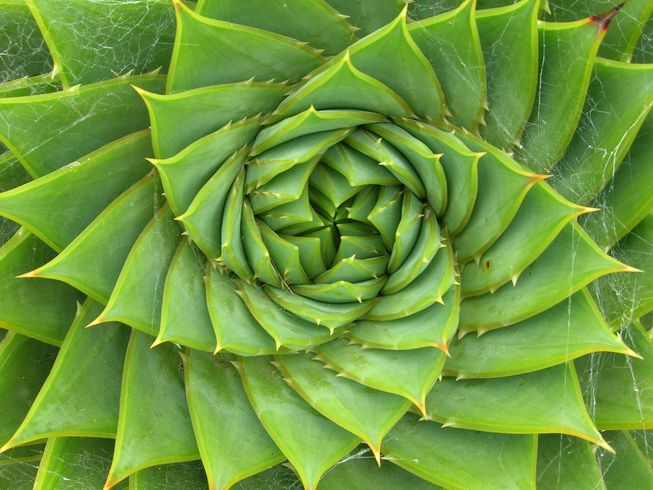Hello all, today I would like to educate you on why we are subjects of the plant fauna around us, and why they have domesticated mankind. A bold statement, I know, but I think you may look at plants differently by the time I finish. To begin, why don’t I convince you that humans are in fact domesticated animals.
Not only are humans domesticated, and there is much science to support this, which I will get into shortly, but we are the first domesticated animal. Normally you wouldn’t think of yourself as being a “domesticated” animal, but trust me, you are. To start with, why don’t I tell you about milk.
We all love milk. Well, most of us anyway. To those of you who are lactose intolerant, congratulations, you are more of a wild-type human than many of us. Wild-type refers to the form of gene or process that was common in the wild before any tampering.
Human beings are the only animals which continue drinking milk beyond infancy. Though not everyone can do it, many, many people can. Milk is specially designed by mothers to provide large amounts of nutrients to their young. A wild animal cannot consume milk and digest it beyond infancy. The fact is that we continue drinking milk beyond that time.
So, why is this an indicator of us being domesticated? Well, the mutation for lactose consumption is suspected to have come around 20,000 years ago, when the biological advantage of consuming milk was highly favored. This mutation spread so quickly because we were domesticated. In the wild, genes do not spread as frequently as the mutation for lactose tolerance did.
Next, in terms of threat to humans, disease is more deadly than fighting. Humans have developed medicine which is a big part of the population boom in the world; however, a disease is much more likely to kill you than fighting with a random person you meet in life. In domesticated cultures, the animals do not clash with one another. In skulls and bones found in our pre-domesticated times, skull injuries were much more common, indicating that people died from fighting in the wild.
Another indication of domestication in animals is our actual bone structure. In domesticated animals, through time, a change in the jaw structure can be observed. Because we are no longer hunter-gatherers, our jaws have become wider and more curved because there is less stress on them from the food we eat.
Alongside this, throughout time, humans have become more childlike when they are fully mature; and our brains are smaller than they used to be. Neanderthal brain size was much larger than ours. This is something we can observe in animals we have domesticated: dogs, certain foxes, cows and even horses. By the end of growth these animals resemble the child counterparts of their species much more.
One final demonstration of our domestication is the parallel evolution humans have had with dogs. Humans and dogs behave socially in much the same way. This could be because dogs have been domesticated by humans so it makes sense that their social structures would evolve like they have. But, the social structures of humans have evolved in the way they did because of our domestication by something else.
That something else is plants.
Plants are the most likely candidate for human domestication. I could debate the reasons for which life exists, but I think that’s beyond the scope of what I’m trying to convey. If we define the purpose of life as purely biological, then you exist to reproduce. Now that we’ve gotten that out of the way, let’s look at how plants reproduce.
Plants use humans as a primary vector with which to reproduce and spread their seed. Humans design special farms to maximize plant turnover every year, ensuring the most plants regrow every year. We house pollinators to maximize plant yields. We protect them from disease, and other competitors like weeds, bugs and animals, which may aim to consume our plants.
Think about what plants consume: primarily carbon dioxide and nutrients from the ground. We give plants healthy soil. When we breathe, we exhale carbon dioxide. Humans themselves decompose into the soil and give nutrients to plants.
Now, I’m not trying to convince you of some sort of conspiracy theory where plants are actually sentient and their aim is world domination. What I’m saying is more like, without realizing it, humans have allowed themselves to be domesticated by plants. So the next time you look at a plant, think about what you’re really looking at.



